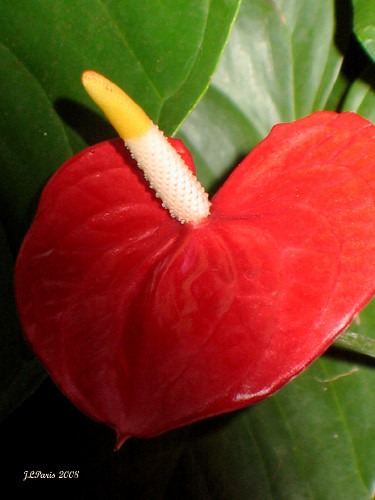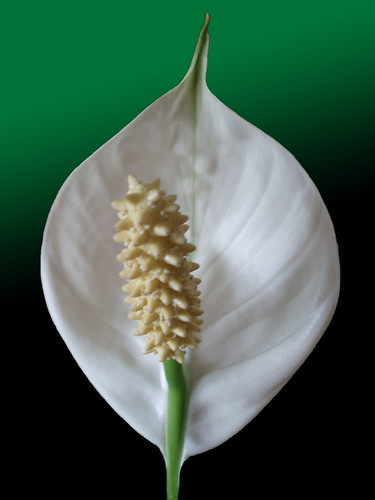TheGardenLady received this question from Mary.
I have a diseased plant. I believe it’s a peace lily. It was given to my family after my grandmother passed away and once it became diseased my mother wanted to throw it out but I wanted to try to save it; so I brought it to my house in San Diego. Do you have any suggestions on how I can save it? Almost every leaf is dark and wilted, starting from the tip and moving to toward the root. The part that meets with the soil is turning yellow. Can I send a picture?
TheGardenLady knows how meaningful it is to try to keep something that is inherited from a beloved relative. And plants are treasured for those dear memories. So of course, you can send a photo of your plant. A photo can often help more as a diagnostic tool than just a verbal description.
But even better than sending the photo to TheGardenLady, is to take your plant to your local Master Gardener office for them to see the plant and, hopefully, to recommend a way of saving it. This is a free service with people trained in horticulture who work as a group to diagnose this very type of problem. Here is the website of the San Diego Master Gardeners with a telephone number to call and ask a good time to bring your plant in.
Though Peace Lilies, Spathiphyllum, are quite hardy and easy to grow, they do get some diseases like root rot and bacterial soft rot.
Therefore, even without seeing your plant, this Garden Lady would suggest your taking the plant out of the soil it is in and seeing if there is root rot. If there is, cut the rotten root out till you see healthy root- hope it is not too late. Cut back dead leaves but leave any healthy looking leaves or even green segments of leaves. Wash off any remaining soil left on the root and wash the leaves using cool water. Then re-pot the lily in either a soil-less potting mix or a regular soil-based potting mix that you can buy in any store or make your own soil. It is important that the soil drains well. Directions for soil (here). Water the soil and give the plant some fertilizer. Never water too much because the Peace Lily plants hate being in soggy ground. Do not give too much fertilizer because these plants prefer getting their nutrition from good soil – directions for this type of fertilizer and watering instructions are also in the article.
If you grow the Peace lily indoors, put the newly re-potted plant in BRIGHT INDIRECT light – that means no sun shining on them. If you grow the plant outdoors, it likes moist but well-drained hummus-rich soil in shade.
If your Peace lily does have a disease, the Master Gardeners will tell you and will recommend a fungicide.
Good luck. I hope it is not too late to save your grandmother’s plant.



